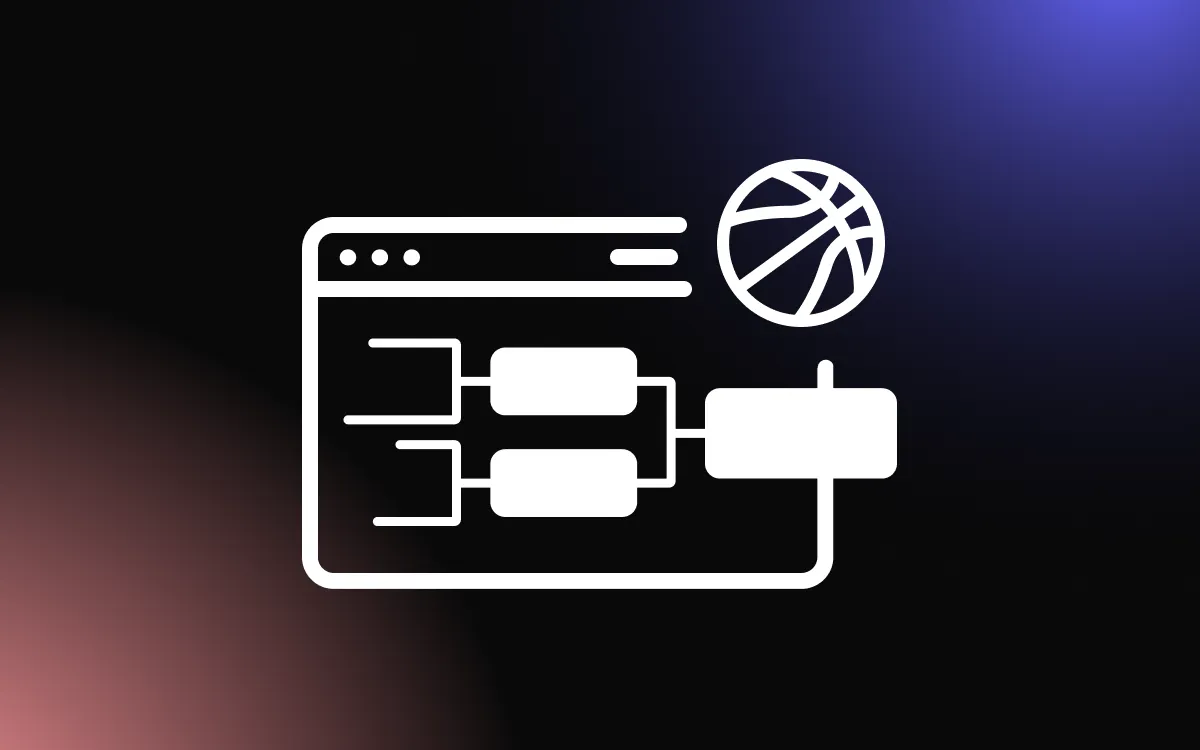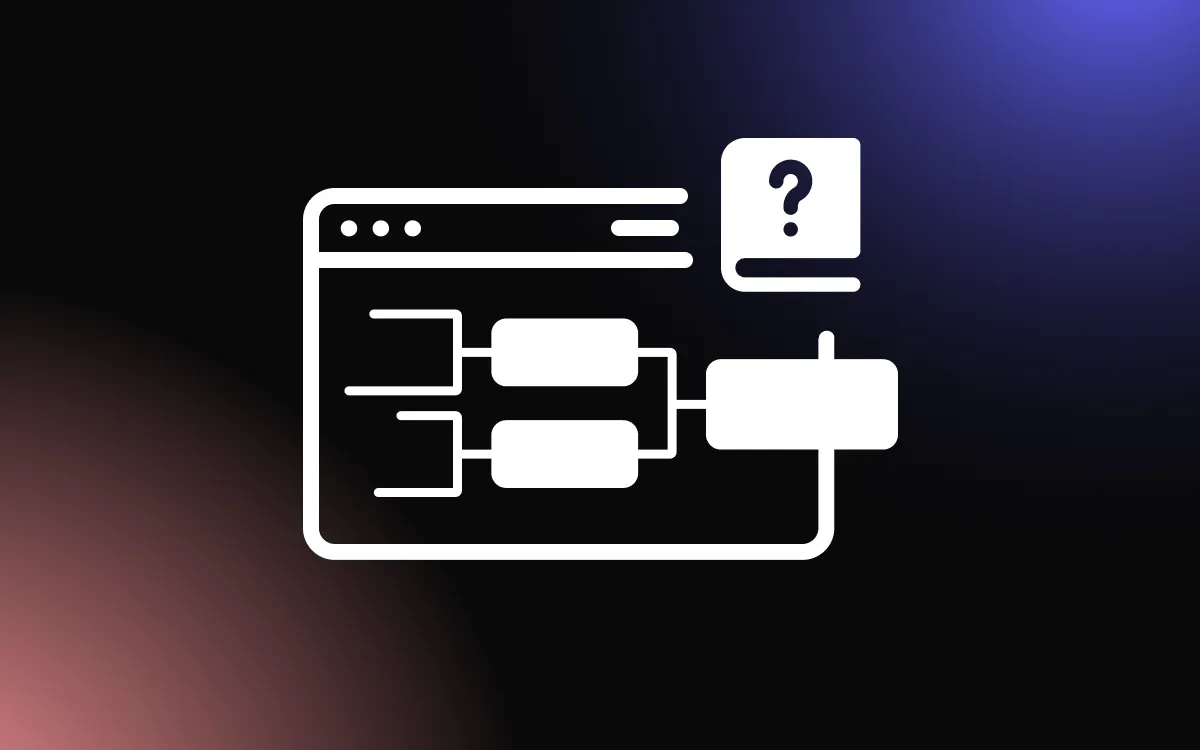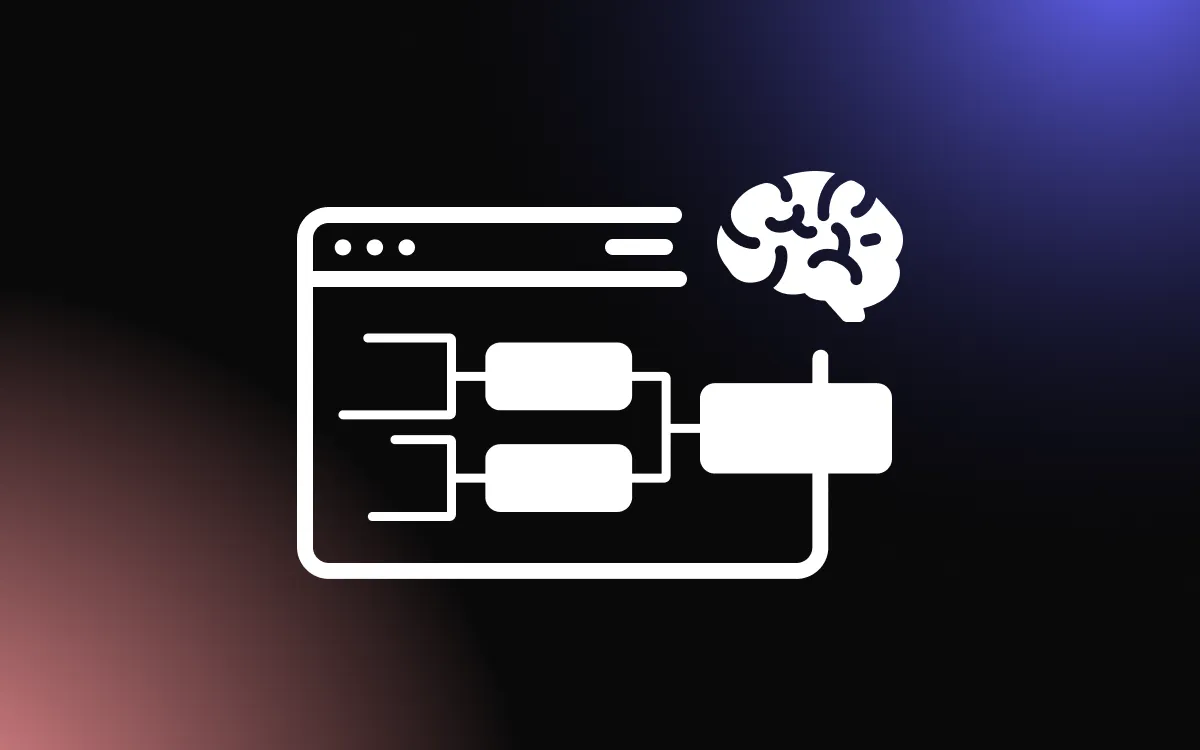
The concept of tournament brackets, once predominantly associated with sports, has intriguingly made its way into the realm of pop culture. From movies to music, TV shows to books, pop culture brackets have become a popular tool for engaging fans and sparking lively debates. These brackets pit beloved works against each other in a competitive format, allowing fans to vote and decide on their favorites.
This article explores the rise of pop culture brackets, examining how they've become a phenomenon in their own right, transforming the way fans interact with and celebrate their favorite aspects of popular culture.
Tracing the Origins of Pop Culture Brackets

The Evolution from Sports to Pop Culture
The concept of brackets, which originated in sports tournaments, has intriguingly evolved to become a staple in pop culture discussions and debates.
- Sports Beginnings: Traditionally, brackets were used in sports tournaments like March Madness to visualize the progression of teams through stages of competition. This format provided a clear and engaging way to track and predict outcomes.
- Adaptation to Pop Culture: Over time, the bracket format transcended sports, appealing to a broader audience. It became a popular tool for debates and discussions in various areas of pop culture, from movies and music to books and TV shows.
Early Examples and Pioneers
The adaptation of brackets into pop culture can be traced back to a few key examples and pioneers who popularized this format.
- Media Outlets: Entertainment and media outlets began using brackets to engage their audiences in debates over the best movies, songs, or TV series. This interactive format allowed fans to vote and decide on their favorites in a structured, tournament-style competition.
- Online Forums and Social Media: The rise of online forums and social media platforms provided the perfect environment for pop culture brackets to thrive. Users enjoyed the competitive aspect of voting and discussing their choices with a wider community.
- Viral Challenges: Certain pop culture brackets gained viral attention, further cementing their place in mainstream media. These brackets often sparked lively discussions and debates, bringing together diverse groups of fans.
- Influential Blogs and Websites: Early adoption by influential pop culture blogs and websites helped in popularizing the format. These platforms used brackets to create engaging content that resonated with their audience's interests.
The Appeal of Pop Culture Brackets

Engaging Fans in Movies, Music, and More
Pop culture brackets have become a popular way to engage fans across various entertainment sectors, offering a unique blend of competition, nostalgia, and fan service.
- Interactive Engagement: Brackets in movies, music, TV shows, and books allow fans to actively participate in ranking or voting for their favorites. This interactive element turns passive consumption into an engaging activity.
- Debate and Discussion: These brackets often spark lively debates and discussions among fans, providing a platform to argue for their favorite works and artists. It's a way for fans to connect over shared interests and differing opinions.
- Nostalgia and Discovery: Pop culture brackets often include a mix of classic favorites and newer entries, catering to a sense of nostalgia while also introducing fans to new content they might not have explored otherwise.
- Celebration of Genres and Eras: These brackets can celebrate specific genres or eras, offering fans a focused space to delve into particular aspects of pop culture they are passionate about.
The Social Aspect of Bracket Participation
The social dynamics of participating in pop culture brackets add significantly to their appeal.
- Community Building: Brackets often bring together like-minded individuals, fostering a sense of community among fans with similar interests. This can be particularly pronounced in online communities and social media groups.
- Shared Experiences: Participating in a bracket challenge with friends, family, or online communities creates shared experiences. It's a fun and engaging way to connect with others.
- Viral Potential: The competitive nature of these brackets, especially when coupled with the ability to share and compare choices on social media, often gives them viral potential. They can quickly become widespread, drawing in even more participants.
- Inclusivity: Pop culture brackets are generally inclusive and accessible to a wide audience. They don't require specialized knowledge or skills, making them appealing to both casual fans and die-hard enthusiasts.
Designing a Pop Culture Bracket
Criteria for Selection and Seeding
Creating a pop culture bracket that is engaging and fair involves thoughtful selection and seeding of entries.
- Popularity and Relevance: Include entries that are popular and culturally relevant. This could be based on box office numbers for movies, streaming counts for songs, or ratings for TV shows.
- Critical Acclaim: Consider critical reception and awards. Entries that have received critical acclaim or won prestigious awards can add credibility and interest to your bracket.
- Diversity of Choices: Ensure a diverse range of entries to appeal to a broad audience. This includes different genres, themes, and styles within the category.
- Seeding Based on Metrics: Use quantifiable metrics for seeding. For movies, this could be based on box office earnings or viewer ratings. For music, consider chart positions or streaming numbers.
Balancing Diverse Genres and Eras
A well-designed pop culture bracket should represent a balance of genres and eras to ensure wide appeal and fairness.
- Representation of Genres: Include a mix of genres to cater to varied tastes. For instance, in a movie bracket, ensure representation from action, drama, comedy, horror, etc.
- Era Diversity: Mix classics with contemporary entries. This not only caters to different age groups but also sparks discussions on the evolution of the genre.
- Avoiding Genre Bias: Be cautious of over-representing a particular genre or era, which could skew the results or alienate certain participant groups.
- Cultural Sensitivity: Be mindful of cultural representation and sensitivity. Ensure that the selections do not marginalize any group and are respectful of diverse audiences.
- Feedback and Pilot Testing: Consider running a pilot test or seeking feedback on your bracket setup from a small group before launching it widely. This can provide insights into potential biases or oversights.
Using The Right Platform For Your Bracket

Using the right platform for creating and managing your bracket is crucial for the success and engagement of your tournament or competition. The Bracket Maker by Common Ninja is an exemplary choice for this purpose. This platform stands out for its user-friendly interface, making it accessible for organizers of all skill levels to create and manage brackets efficiently. Whether you're hosting a sports tournament, a gaming competition, or any event that requires a structured matchup system, this tool offers the versatility and ease of use necessary for a smooth experience.
The Bracket Maker excels in customization and interactivity. It allows organizers to personalize their brackets with various layouts and skins, aligning with the specific aesthetic of their event or brand. Moreover, the platform enhances participant engagement through interactive features like voting and predictions, adding an extra layer of excitement to the competition. Its ability to handle a large number of participants and integrate seamlessly with other event management tools makes it a robust solution for any scale of event. With its focus on providing a seamless, secure, and engaging experience, the Bracket Maker by Common Ninja is the ideal platform for anyone looking to create professional and interactive brackets.
The Role of Social Media in Pop Culture Brackets

Amplifying Reach and Engagement
Social media plays a pivotal role in enhancing the reach and engagement of pop culture brackets, turning them into dynamic and interactive events.
- Viral Marketing: Social media platforms are ideal for viral marketing of pop culture brackets. Sharing brackets on platforms like Twitter, Instagram, and Facebook can quickly amplify reach, attracting a wide and diverse audience.
- Engagement Through Sharing: Encourage participants to share their bracket choices and progress. This not only personalizes the experience but also sparks curiosity and interest among their social circles.
- Hashtag Campaigns: Create unique hashtags for your bracket challenge. Hashtags make it easier to track conversations, engage with participants, and increase visibility.
- Influencer Collaboration: Collaborate with social media influencers who resonate with your target audience. Influencers can significantly boost the visibility and credibility of your bracket challenge.
Creating Online Communities Around Brackets
Social media facilitates the creation of vibrant online communities centered around pop culture brackets.
- Discussion Forums: Utilize social media to create forums where participants can discuss their picks, predict outcomes, and share insights. This fosters a sense of community and belonging.
- Live Interaction: Host live sessions on platforms like Instagram or Facebook Live to discuss bracket progress, major upsets, or surprising results. This can include Q&A sessions, expert panels, or interactive discussions.
- User-Generated Content: Encourage participants to create and share their own content related to the bracket challenge, such as reaction videos, memes, or analysis. This user-generated content can enhance engagement and bring fresh perspectives.
- Feedback and Adaptation: Use social media as a tool to gather feedback and suggestions. This can help in adapting and improving future bracket challenges.
- Building Anticipation: Use social media to build anticipation for each round of the bracket. Teasers, countdowns, and highlights can keep the audience engaged throughout the duration of the challenge.
Notable Pop Culture Bracket Competitions

Case Studies of Successful Brackets
Several pop culture bracket competitions have gained significant attention and success, serving as excellent case studies for how these events can captivate audiences.
- Entertainment Weekly's 'Best Show Ever' Bracket: This competition pitted classic TV shows against each other. Fans passionately voted for their favorites, leading to lively debates and high engagement on social media.
- Rolling Stone's 'Greatest Album' Bracket: Music enthusiasts were drawn to this bracket, which featured a showdown of iconic albums. The competition not only engaged fans but also sparked discussions about musical evolution and influence.
- BuzzFeed's Disney Movie Bracket: A hit among Disney fans, this bracket challenged participants to choose the best Disney movie. It tapped into nostalgia and brought together different generations of Disney enthusiasts.
Impact on Fandoms and Trends
Pop culture brackets have a profound impact on fandoms and can even influence trends.
- Strengthening Fandom Communities: These competitions often strengthen fandom communities, providing a platform for fans to express their passion and connect with like-minded individuals.
- Highlighting Underrated Works: Sometimes, brackets bring attention to lesser-known or underrated movies, shows, or albums, giving them a new lease on life and introducing them to a broader audience.
- Influencing Streaming and Sales: The popularity of certain entries in these brackets can lead to increased streaming numbers or sales, as new audiences discover them through the competition.
- Shaping Future Content: The outcomes and discussions from these brackets can sometimes influence content creators and studios in understanding audience preferences, potentially shaping future productions.
- Social Media Trends: These brackets often become trending topics on social media, influencing conversations and even leading to the creation of memes and viral content.
Integrating Interactive Elements
Real-Time Voting and Predictions
Incorporating interactive elements like real-time voting and predictions can significantly enhance the engagement and dynamism of pop culture brackets.
- Live Voting Systems: Implement a live voting system where participants can cast their votes during specific windows. This creates a sense of urgency and excitement, encouraging active participation.
- Prediction Features: Allow participants to predict outcomes before the bracket challenge begins. This could involve forecasting winners for each round or the overall champion, adding a layer of strategy and anticipation.
- Instant Feedback: Provide instant feedback on voting results or prediction accuracy. This could be through real-time updates on the platform or notifications sent to participants.
- Leaderboards: Maintain leaderboards for participants who accurately predict outcomes. This fosters a competitive spirit and keeps participants invested throughout the event.
Leveraging Multimedia for Enhanced Experience
Multimedia elements can greatly enrich the experience of participating in a pop culture bracket.
- Video Content: Incorporate video clips, such as movie trailers, music videos, or iconic TV show moments, alongside each bracket entry. This not only adds context but also makes the experience more immersive.
- Interactive Graphics: Use interactive graphics that participants can engage with, like clickable brackets or animated charts showing voting progress.
- Social Media Integration: Integrate the bracket with social media platforms. Enable participants to share their votes, predictions, or favorite moments directly on their social media profiles.
- Discussion Panels or Podcasts: Host online discussion panels, live streams, or podcasts where experts or influencers discuss the bracket progress, analyze matchups, and engage with the audience.
- User-Generated Content: Encourage participants to create and share their own content related to the bracket. This could include reaction videos, reviews, or creative interpretations.
Challenges and Criticisms of Pop Culture Brackets
Navigating Subjectivity and Bias
Pop culture brackets, while engaging, often face challenges related to subjectivity and inherent biases, which can influence both the setup and outcomes of these competitions.
- Diverse Preferences: Pop culture is inherently subjective, with diverse preferences across different audiences. Ensuring a bracket appeals to a wide range of tastes can be challenging.
- Representation Bias: There's a risk of over-representing certain genres, eras, or cultural perspectives, leading to a skewed bracket that doesn't accurately reflect the diversity of the audience.
- Popularity vs. Quality: Brackets often end up being a popularity contest rather than a true measure of quality or artistic merit, which can frustrate enthusiasts who value critical acclaim over mainstream appeal.
Addressing Controversies and Disputes
Controversies and disputes are not uncommon in pop culture brackets, stemming from the passionate opinions of fans.
- Fair Play Concerns: Ensuring that the voting process is fair and free from manipulation is crucial. This includes preventing fraudulent voting practices or undue influence from fan groups.
- Handling Disputes: Be prepared to address disputes that may arise from controversial outcomes or close matchups. Having a clear and transparent process for handling such issues is essential.
- Cultural Sensitivity: Pop culture brackets must be sensitive to cultural and social issues. This involves avoiding content that could be offensive or inappropriate and being mindful of the diverse backgrounds of the audience.
- Feedback Mechanism: Provide a platform for participants to voice their concerns or criticisms. This feedback can be invaluable for improving future brackets and addressing any ongoing issues.
- Educational Approach: Use controversies as an opportunity to educate participants about different perspectives. This can involve discussions or content that provide deeper insights into less understood or appreciated genres or works.
Conclusion
The emergence of pop culture brackets represents a fascinating evolution in how we engage with and celebrate our favorite media. These brackets do more than just determine the "best" movie or song; they foster a sense of community, ignite passionate discussions, and offer a fun, interactive way to revisit and appreciate the vast landscape of popular culture.
As we've seen, the appeal of these brackets lies in their ability to bring fans together, offering a platform for shared experiences and opinions. Whether it's reliving classic movies, debating hit songs, or discovering new favorites, pop culture brackets have added an exciting dimension to fan engagement, proving that the competitive spirit of brackets isn't just for sports anymore.


